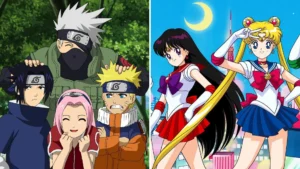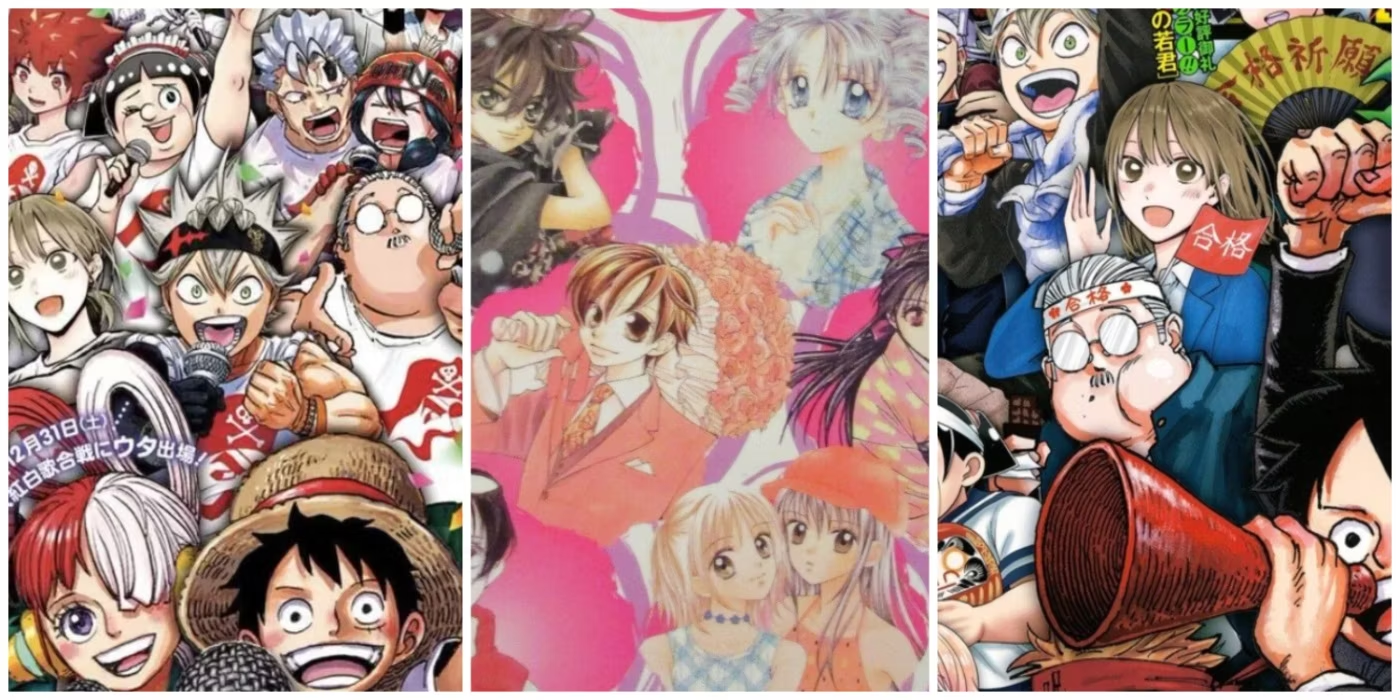Understanding the Appeal of Shonen and Shojo Anime
- By -Maria Mash
- Posted on
- Posted in Uncategorized
Shonen and Shojo are two of the most popular genres in anime, each targeting a different demographic and offering unique storytelling styles. Shonen anime, aimed primarily at young males, often features action-packed stories, intense battles, and themes of perseverance, friendship, and personal growth. On the other hand, Shojo anime is geared toward young females and typically focuses on romance, emotional development, and interpersonal relationships. Both genres have distinct characteristics that cater to their respective audiences, making them cornerstones of the anime world.

The Dynamic Nature of Shonen Anime
Shonen anime is known for its dynamic and high-energy storytelling, often centered around a young male protagonist on a journey of self-improvement or adventure. Shows like “Naruto,” “Dragon Ball,” and “One Piece” have become iconic for their epic battles, training arcs, and themes of resilience and camaraderie. The appeal of Shonen anime lies in its ability to blend action with relatable life lessons about courage, determination, and the value of friendship. These elements create engaging narratives that captivate viewers of all ages, not just the intended young male demographic.
The Emotional Depth of Shojo Anime
In contrast, Shojo anime emphasizes emotional depth and character-driven storytelling. Series like “Sailor Moon,” “Fruits Basket,” and “Ouran High School Host Club” focus on romantic relationships, personal growth, and the intricacies of human emotions. Shojo anime often presents relatable stories that explore themes such as love, loss, and self-identity, resonating deeply with viewers who appreciate emotionally rich narratives. The appeal of Shojo anime lies in its ability to capture the nuances of relationships and provide a space for exploring one’s feelings and experiences.
Character Development in Shonen and Shojo
Both Shonen and Shojo anime excel in character development but approach it from different angles. Shonen characters are typically driven by a desire to become stronger, protect their loved ones, or achieve a significant goal. They often undergo rigorous training, face formidable adversaries, and grow through their struggles. Shojo characters, on the other hand, often navigate personal and relational challenges, evolving emotionally as they learn about themselves and others. This focus on emotional growth allows viewers to connect with the characters on a more intimate level.
Art Style and Visual Aesthetics
Visually, Shonen and Shojo anime also differ in their approach. Shonen anime tends to have bold and dynamic art styles, with an emphasis on exaggerated action scenes, intense facial expressions, and vibrant color palettes. Shojo anime, meanwhile, often features softer, more delicate art styles with pastel color schemes, detailed character designs, and expressive eyes that convey deep emotions. These distinct visual elements contribute to the genres’ unique identities and help establish their tone and atmosphere.
Themes and Messages
Shonen and Shojo anime carry different thematic messages that appeal to their respective audiences. Shonen anime often revolves around themes of heroism, friendship, and never giving up, inspiring viewers to face their challenges head-on. In contrast, Shojo anime frequently explores themes of love, self-discovery, and emotional resilience, providing a narrative space for viewers to reflect on their relationships and personal experiences. Both genres offer valuable lessons, though they present them through different lenses.
Cross-Genre Appeal
While Shonen and Shojo are aimed at different demographics, their appeal often transcends these boundaries. Many viewers enjoy both genres for their unique storytelling elements. For example, the action-packed adventure of a Shonen series may appeal to those who enjoy the character-driven drama of Shojo anime, and vice versa. This crossover appeal has led to a more diverse fan base and a greater appreciation for the storytelling versatility of anime as a whole.
Evolution and Modern Interpretations
Over the years, both Shonen and Shojo anime have evolved, incorporating elements from other genres and pushing the boundaries of traditional storytelling. Modern Shonen anime like “Attack on Titan” and “My Hero Academia” blend intense action with deep emotional narratives, while contemporary Shojo series such as “Your Lie in April” and “Kimi ni Todoke” incorporate humor, drama, and even action to broaden their appeal. These modern interpretations reflect a growing trend of genre hybridization, creating more inclusive and varied narratives.
Conclusion
The appeal of Shonen and Shojo anime lies in their distinct yet complementary storytelling styles. Shonen captivates with its action, camaraderie, and resilience, while Shojo enchants with its emotional depth, romance, and character growth. Both genres offer unique experiences that resonate with their audiences, contributing to the rich diversity of anime as a storytelling medium. As these genres continue to evolve and blend, their capacity to engage and inspire viewers only grows stronger.



